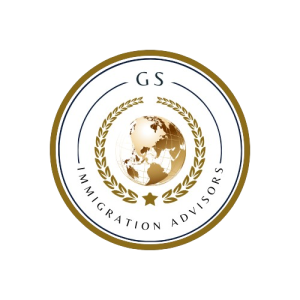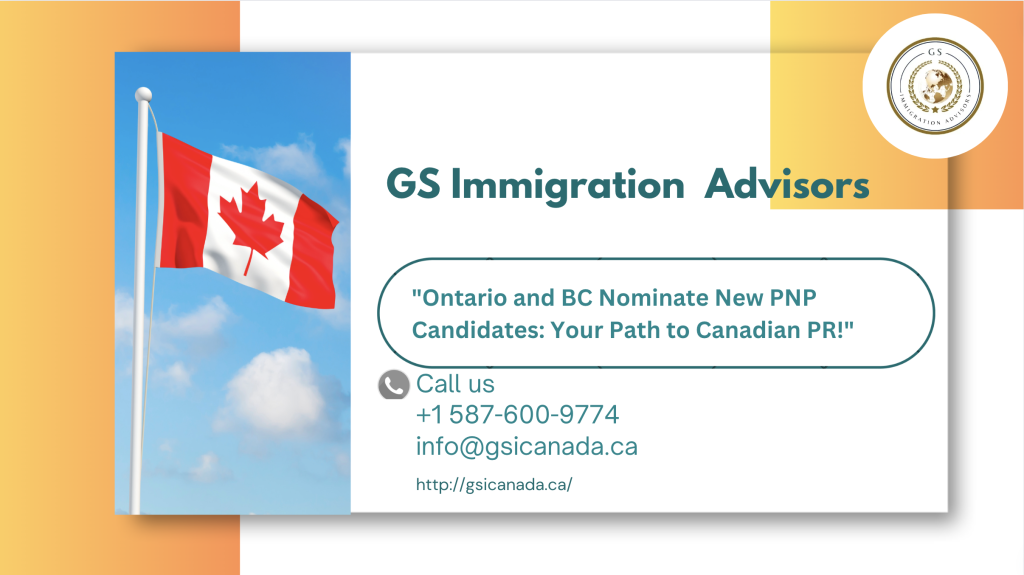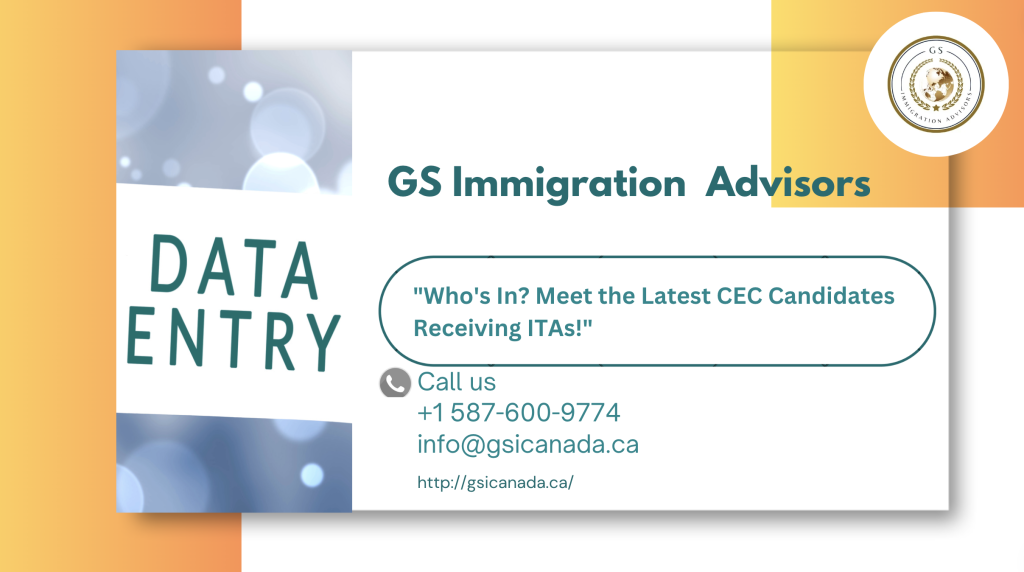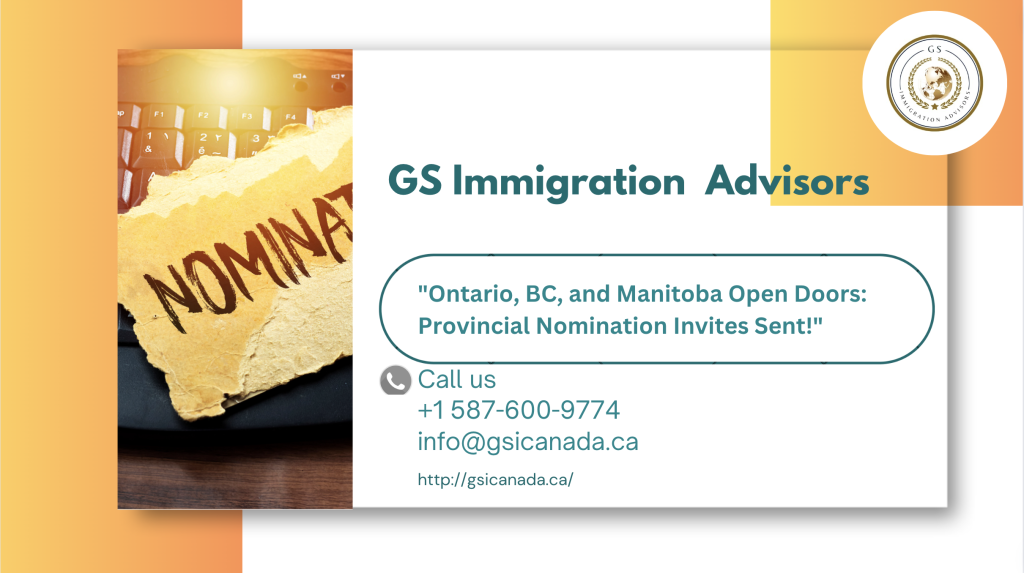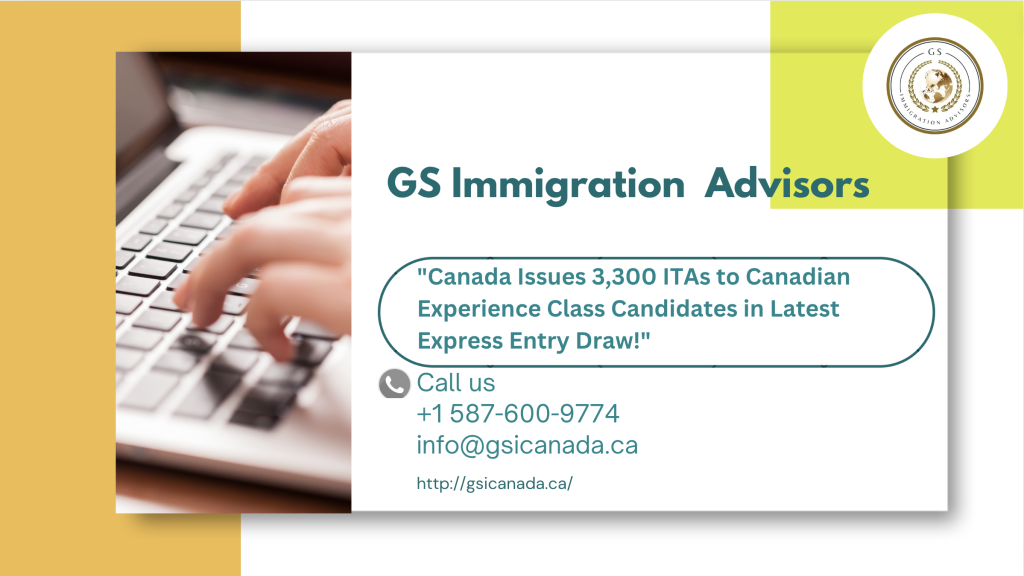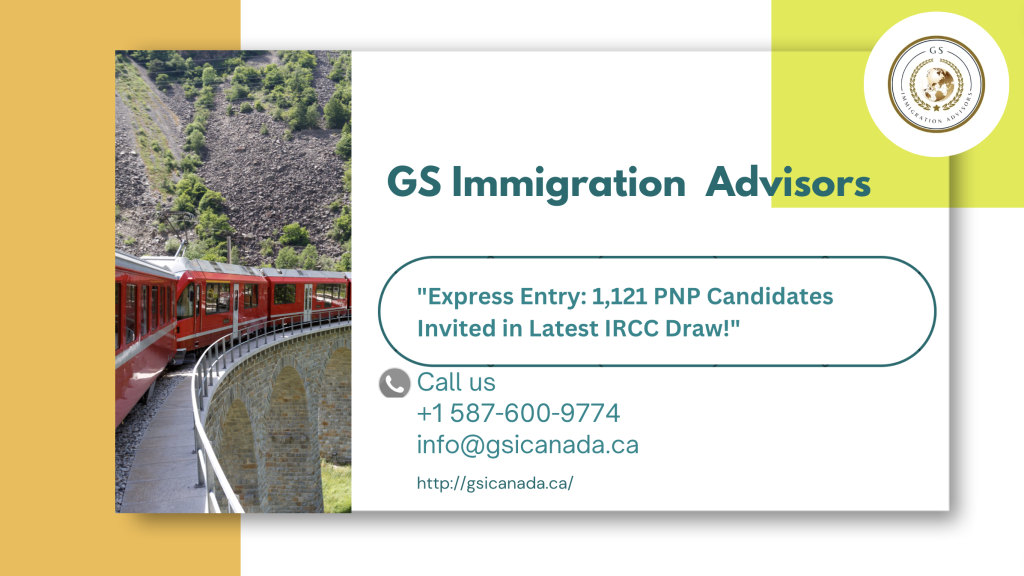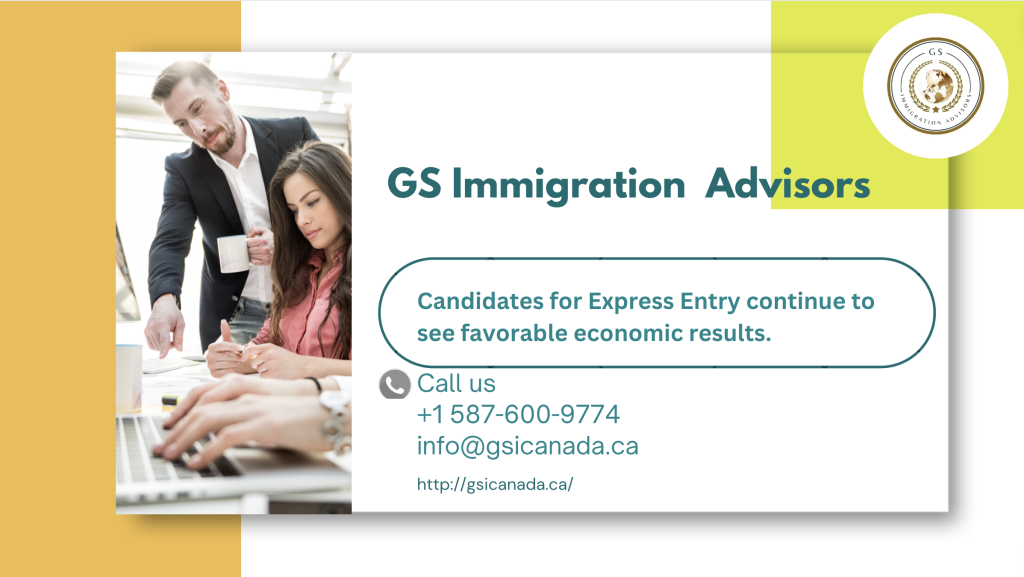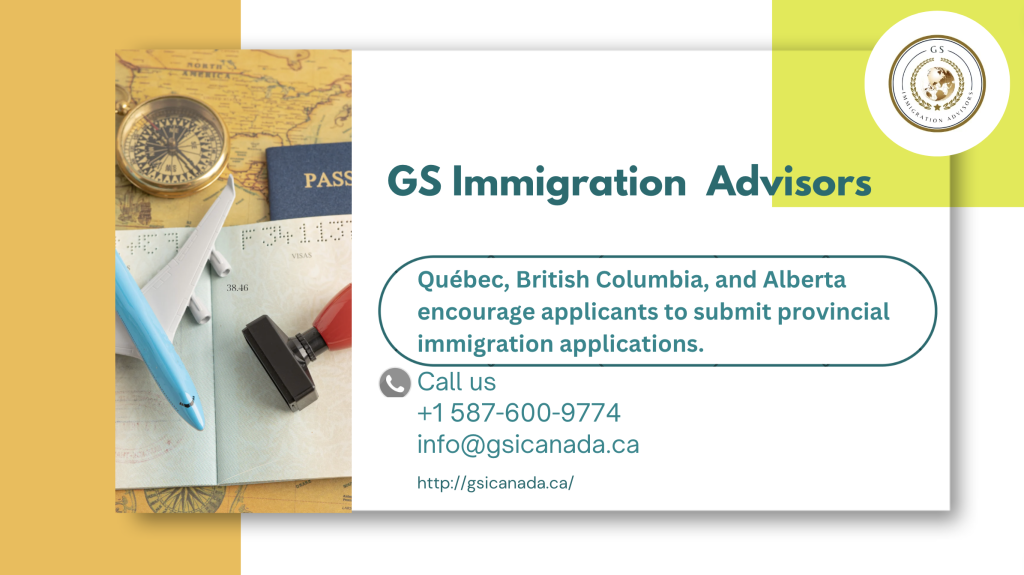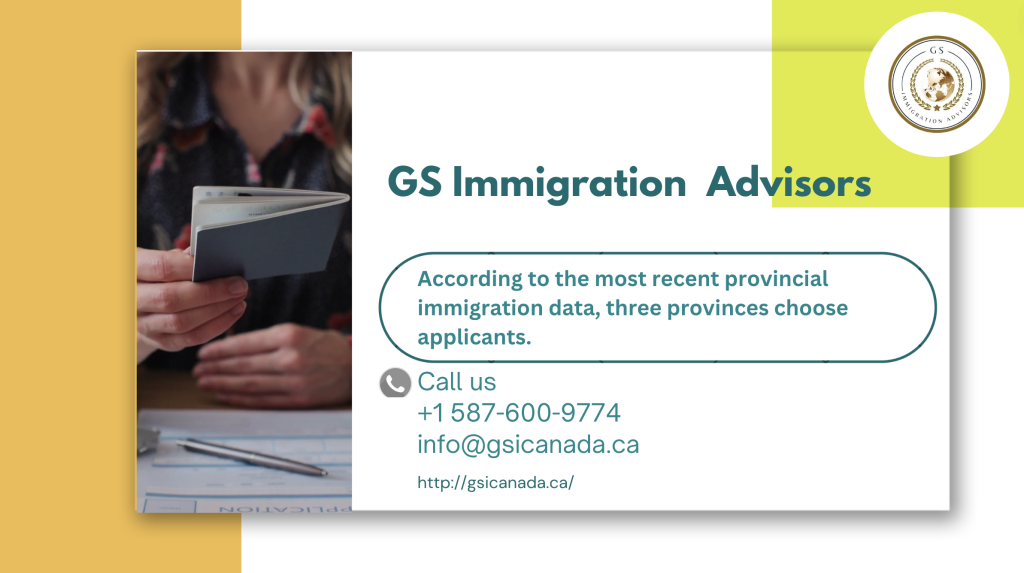“Ontario and BC Nominate New PNP Candidates: Your Path to Canadian PR!”
Provincial selections for the Ontario Immigrant Nominee Program (OINP) and the British Columbia Provincial Nominee Program (BCPNP) were held this week for each program’s respective PNPs. The selection of candidates was based on their work history, language skills, and professional experience. Discover if You Are Eligible for Canadian Immigration Results of provincial immigration (August 31–September 6) The Ontario The OINP conducted a draw for skilled workers who speak French on September 5. Candidates with scores in the range of 290 to 393 on the Comprehensive Ranking System (CRS) received 96 Notifications of Interest (NOIs) from the province. The French-Speaking Skilled Worker Stream is for French-speaking skilled workers who want to settle in Ontario. To be eligible, candidates must qualify for the federal Express Entry pool through the Federal Skilled Worker Program (FSWP) or Canadian Experience Class (CEC), meet specific work experience and language proficiency requirements, hold a recognized degree, intend to reside in Ontario, and demonstrate sufficient settlement funds. Candidates cannot apply directly and must first receive a NOI Ontario to proceed with their permanent residence (PR) application to Immigration Refugees and Citizenship Canada (IRCC). British Columbia On September 4, the BCPNP conducted two provincial nominee lotteries using various channels. A general selection was made for the Entry Level & Semi-Skilled, International Graduate, and Skilled Worker streams in the first draw. With the exception of the Entry & Semi-Skilled stream, which needed a minimum score of 110, the draw sent invitations to 75 candidates who scored at least 128. The second draw was a focused selection process via the International Graduate and Skilled Worker streams for applicants with prior expertise in important sectors of the British Columbian economy. The following is a breakdown of this draw: 31 candidates with professional experience in childcare needed a minimum score of 83 to be invited; 33 candidates with professional experience in childcare needed a minimum score of 89 to be invited; 19 candidates with professional experience in childcare needed a minimum score of 99 to be invited; and At least one candidate with professional experience in childcare needed a minimum score of 80 to be invited. Closure of the Saskatchewan Hard-to-Fill Skills Pilot 31 candidates with professional experience in childcare needed a minimum score of 83 to be invited; 33 candidates with professional experience in childcare needed a minimum score of 89 to be invited; 19 candidates with professional experience in childcare needed a minimum score of 99 to be invited; and At least one candidate with professional experience in childcare needed a minimum score of 80 to be invited. Closure of the Saskatchewan Hard-to-Fill Skills Pilot The Saskatchewan Immigrant Nominee Program (SINP) Hard-to-Fill Skills Pilot has been permanently closed as of August 30, 2024. After this date, no more employment approval forms or applications will be received. Applications that have already been filed and have a current Candidate-Specific Job Approval Letter will still be handled through to the end. The closure is intended to improve settlement outcomes and expedite immigration procedures. There are still open program categories under SINP, and potential applicants have access to alternate routes. On September 6 and 11, 2024, the SINP will provide information sessions on substitute choices. Email or the SINP’s communication channels can be used to get more information and specifics about this move. Discover if You Are Eligible for Canadian Immigration
